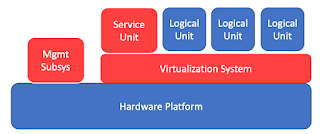Understanding the Basics of Secure Access Service Edge (SASE)
Secure access service edge (SASE) is a network architecture concept that combines software-defined wide area networking (SD-WAN), virtual private network (VPN), and cloud-native security functions like secure web gateway (SWG), cloud access security broker (CASB), zero-trust network access (ZTNA), and firewall-as-a-service (FWaaS). SASE is designed to provide a comprehensive and unified security approach that can connect multiple devices and networks , including remote workers and branches, to distributed and cloud-based applications and services.
The SASE architecture is delivered as a service, making it flexible and scalable for organizations of different sizes and industries. Gartner first described the concept of SASE in a 2019 report, and it has since gained popularity among enterprises looking to modernize their network and security infrastructure.
Request To Sample of This Strategic Report:
https://www.marketresearchfuture.com/sample_request/10718
Secure Access Services Edge (SASE) is an emerging network architecture that combines Wide Area Networking (WAN) and Software-Defined Wide Area Networking (SD-WAN) capabilities with cloud-native security functions . The SASE model converges multiple security technologies, such as Secure Web Gateway (SWG), Cloud Access Security Broker (CASB), Zero Trust Network Access (ZTNA), and Firewall as a Service (FWaaS) into a single, cloud-based service model. This convergence helps to streamline network access, improve security, boost network performance, reduce complexity and operational costs, as well as enhance user experience. SASE is gaining popularity as more organizations migrate their applications and data to the cloud, and as more employees work remotely or from different locations.
.png)

Comments
Post a Comment